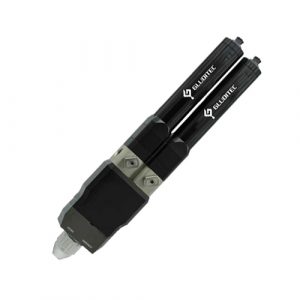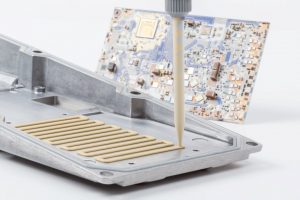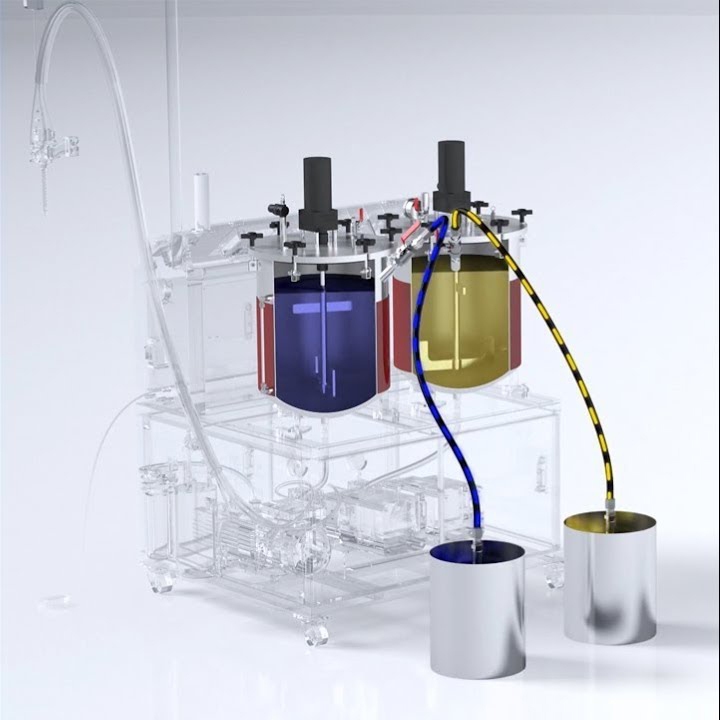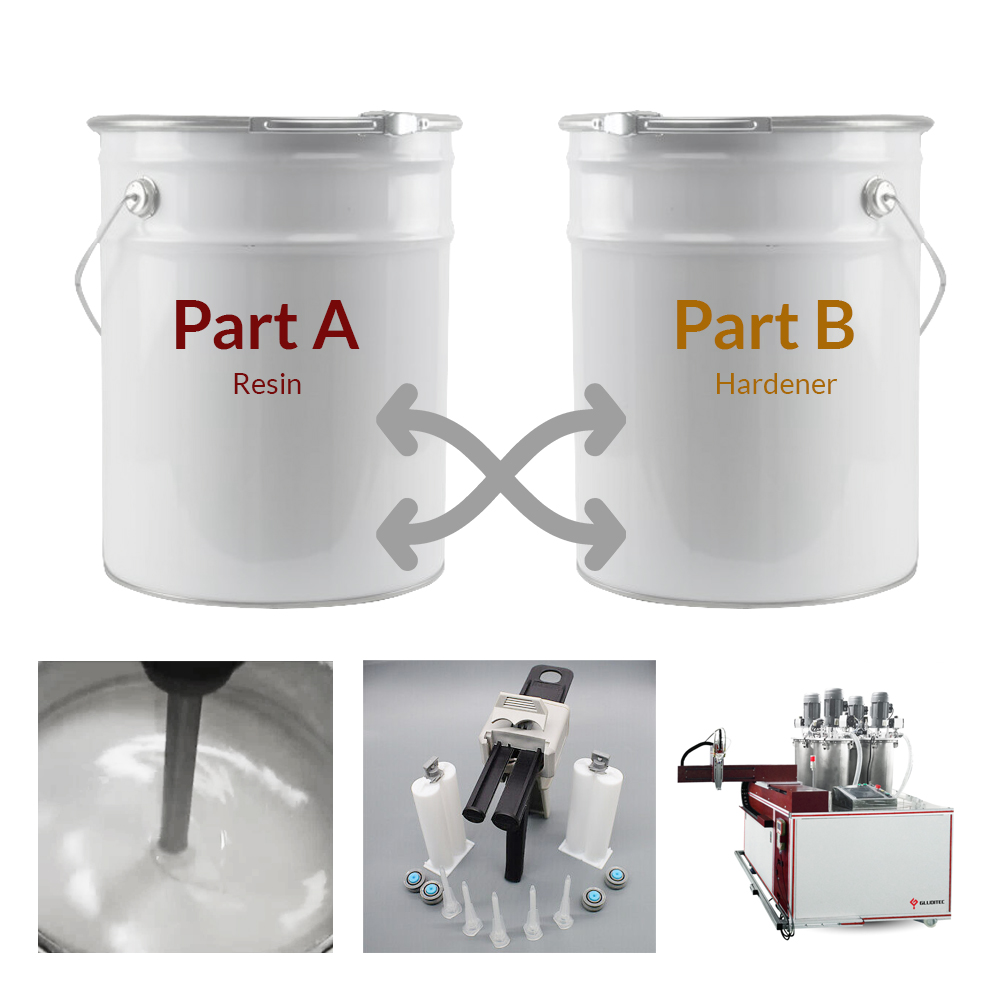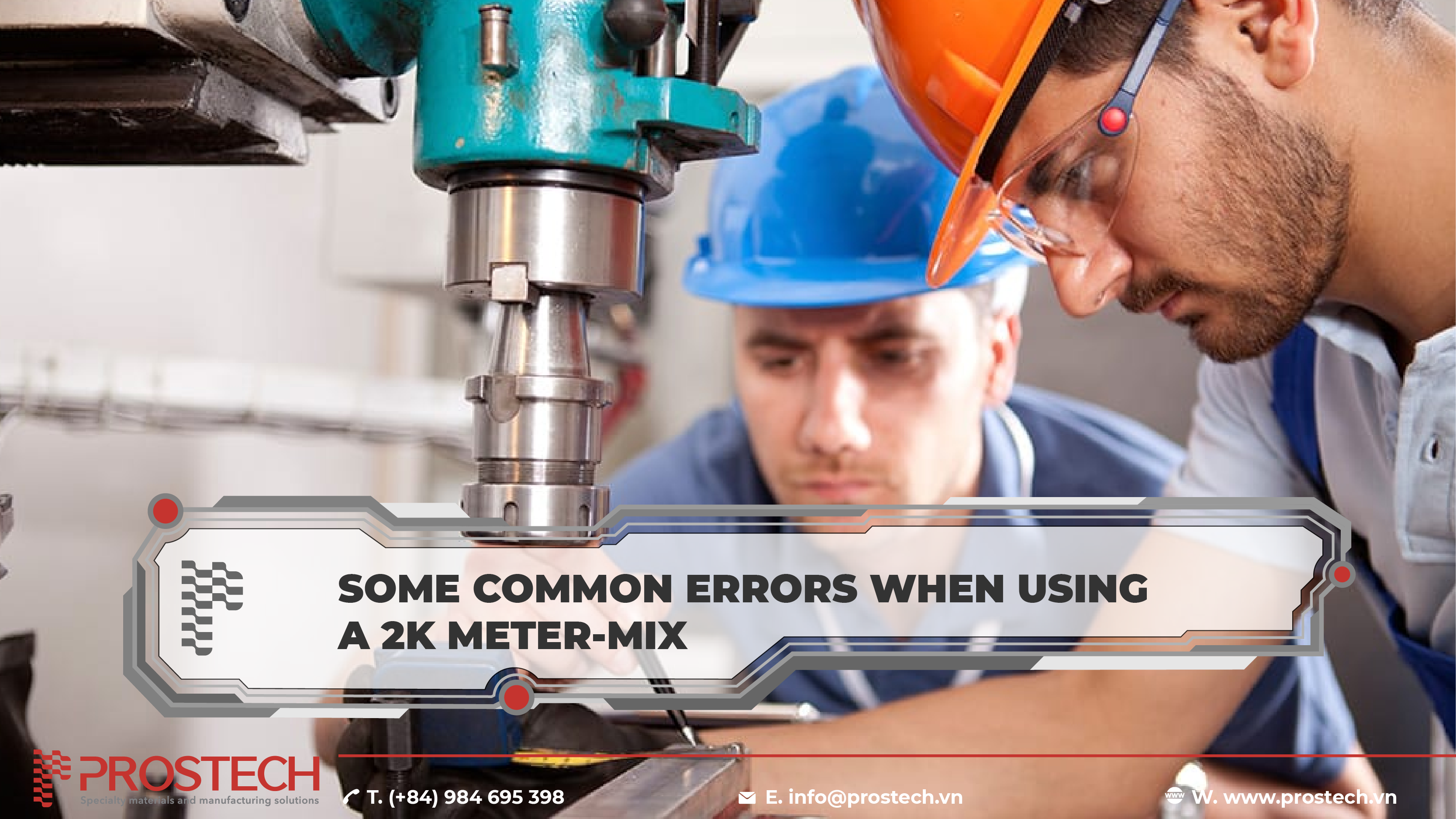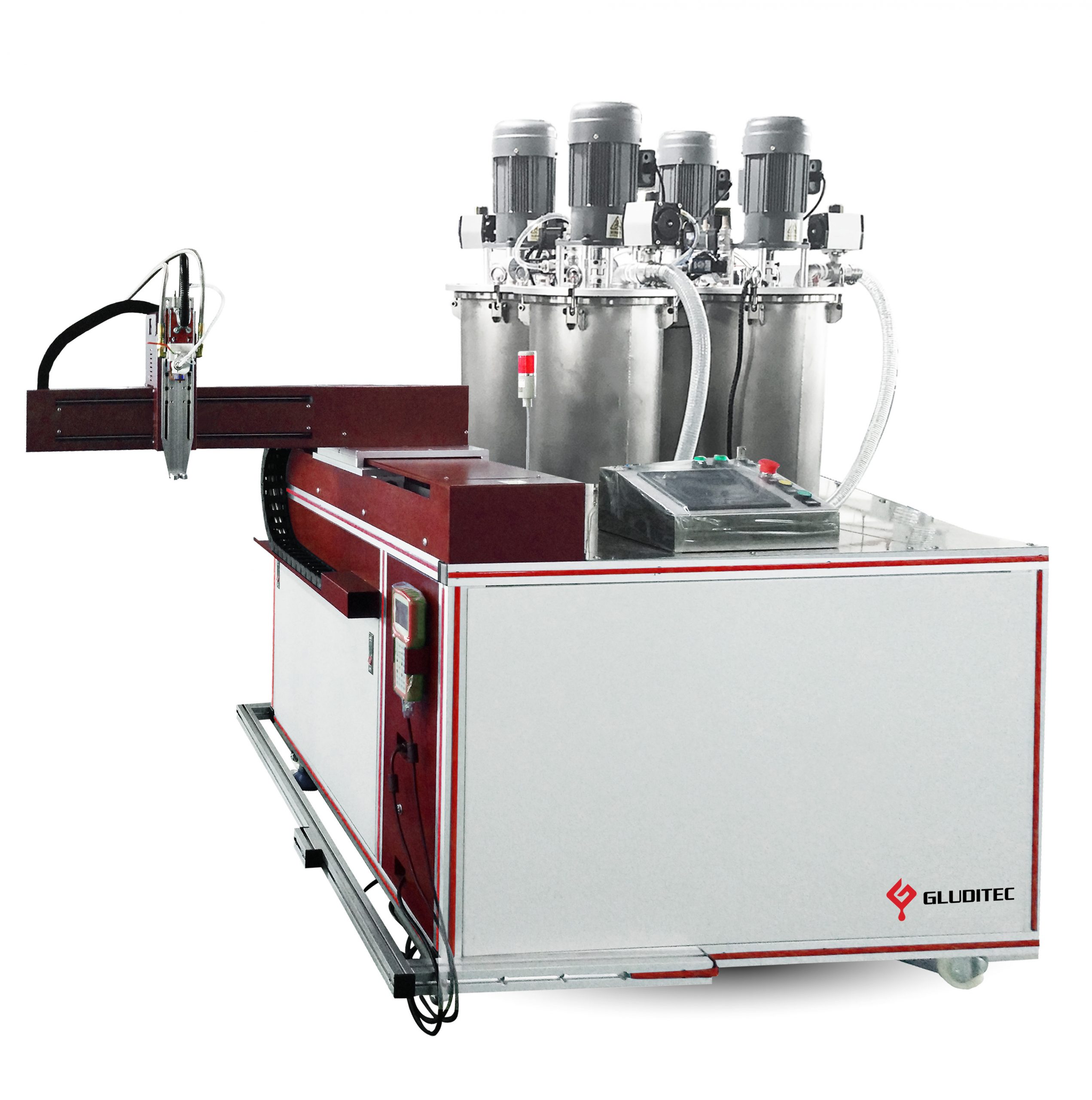What is Two-part (2K) Meter-mixing and Dispensing System?
Two-part Meter-mixing and Dispensing System (MMD system) is the heart of automating 2K liquid dispensing process. As we all know, over the past two decades, automation in manufacturing has been transforming the nature of employment and economics of many industrial sectors. As a typical automating system, MMD system with various automated levels currently benefits the manufacturing industry significantly.
There are three main modules constructing the MMD system. See details >
Meter-mixing module: measure the volume of each part then mix them together. During this process, the materials will be kept in a special container to be dispensed later.
Motion control: After being mixed into a homogeneous liquid, the material will be shipped to the dispensing areas by inside pumps and robots. The robots can be customized according to specific customer demands (depending on budget, working area, and existing process).
Dispensing module: including dispensing valve or dispensing pump system in static or dynamic mixing. The function of this module is to help the materials released with high precision even in the form of dots or lines.
Types and components of Two-part (2K) Meter-mixing and Dispensing System
There are different ways to differentiate a Two-part (2K) Meter-mixing and Dispensing System depending on the purposes of use.
Categorize according to initial investment cost
Initial investment cost depends on many elements such as automating level, dimension of the working area, operating speed as well as precision of the system. Each manufacturer will have different concerns fitting their own production line. Let’s list down typical MMD product lines:
Standard & Economic Meter-mixing and Dispensing System
In this series, MMD system is lack of motion control module, which means that dispensing tasks will be executed manually by one man.
In return, the investment cost is low and works perfectly for small and medium productivity which does not require significantly high precision (dispensing areas are not limited).
The standard MMD system can be equipped with many automated functions: suction pump, automated cleaning after each shift, level sensor, and heating pipe. It is essential to work closely with the liquid material suppliers to figure out these problems then make a decision.
Medium working area Meter-mixing and Dispensing System
Like its name, this series provides manufacturers with a medium-size working area that is handled by a desktop (or benchtop) dispensing robot. The most advantage is that the working area can be designed depending on specific applications.
For example:
Despite the higher investment cost, systems will help to reduce labor costs and increase dispensing accuracy.
Production line Meter-mixing and Dispensing System
The ultimate level of automated MMD is integrated with conveyor, vacuum module and usually used in the large industrial production line.
Automated conveyor and sortation systems can help to meet efficiency goals by giving a solution that can speedily sort through and send goods to their respective stations. Eliminating the waiting time and labor costs are also the main benefits of conveyors.
In addition, this series of MMD is an integrated vacuum chamber that guarantees bubble-free and homogeneous filling of the components to achieve the required potting quality even for the most difficult dispensing tasks.
Of course, in conjunction with the most multiple function series, the production-line meter-mixing and dispensing system is a large investment, but worth it.
Categorize according to type of liquid material
Medium viscosity liquid
Almost two-component liquids such as sealant, adhesive, or potting compound have in paste form. However, some of them which have a density range from 1 to 50,000 cps are easier to handle by most of MMD systems.
High viscosity liquid

In many applications, dispensing high-density liquid with a viscosity from 100,000 to 500,000 is always challenging. Not only requiring an especially high pneumatic, when dispensing high viscosity fluid can get more waste compared to a low viscosity fluid because it can be more difficult to push thicker fluids out of a reservoir while wiping the sidewalls clean.
The success of dispensing high viscosity liquid depends on the selection of the right pump system and nozzle. Some of referring systems are as follows:
Metal-filling and high viscosity liquid
This dispensing task will inherit the difficulties from the High viscosity liquid dispensing task and added the challenges from the abrasive metal-filler.
Fillers are one of the most important ingredients in an adhesive, sealant, or encapsulant. Some materials contain a single filler, while others have multiple fillers. These fillers may account for up to 50 percent of the product’s ingredients, especially the thermally conductive purpose one.
Despite their many benefits, however, fillers are quite abrasive and can settle out of the material over time. Thankfully, state-of-the-art equipment enables manufacturers to overcome both challenges while optimizing the dispensing and performance of one- and two-component materials.
Categorize according to the application (equivalent to the pattern of dispensing line)
There are many applications involving two-component liquids such as bonding and sealing, potting or thermal management, etc. Depending on the type of liquid and its application, the MMD system will be different.
Bonding and Assembly System

As an adhesive solution provider, we know that bonding strength and environment resistance are two important features of bonding material. However, these two characteristics are affected by the mixing ratio and curing during assembly. Furthermore, complicated bonding areas require a suitable dispensing robot. It is essential to create a myriad of solutions to ensure adhesives are intentionally cared for and are delivered with intense thoughtfulness towards their atmospheric conditions.
Potting and Encapsulating System
The effectiveness of the potting process depends on different factors such as the material used, the workpiece design, or the curing process selected. Before the actual potting can happen, it is always important to employ a material preparation and feed system suited to the task.
Particularly in the case of potting, precise and repeatedly accurate measurements of material or individual component quantities should be inspected. Additionally, to improve productivity, a multi-piston dispenser is the ideal choice for potting many small and medium-size components quickly and with reproducible quality.
The potting result is also primarily determined by the geometry of the part. The more angles in the design, the more programming and parametrization are required in order for the potting material to reach every void.
Thermally Conductive Material Dispensing System
Thermally Conductive Pastes are used in the automotive industry, the electronics industry, and many other sectors. However, due to its special components, dispensing this material also causes some problems.
The thermal conductivity of thermally conductive pastes is established using special fillers such as aluminum oxide, silver, or boron nitride. These fillers, which can take the form of irregular fragments, spheres, or cubes, often have very high levels of hardness as well as sharp-edged profiles.
Due to such features, a compatible dispensing system is essential. Otherwise, the user risks paying high maintenance and repair costs.
Choosing the right two-component meter-mixing and dispensing system is never an easy task. If there are any problems or doubtful issues, please contact us for more information.
Hotline: (+84) 984 695 398
Email: gluexpert@prostech.ph








